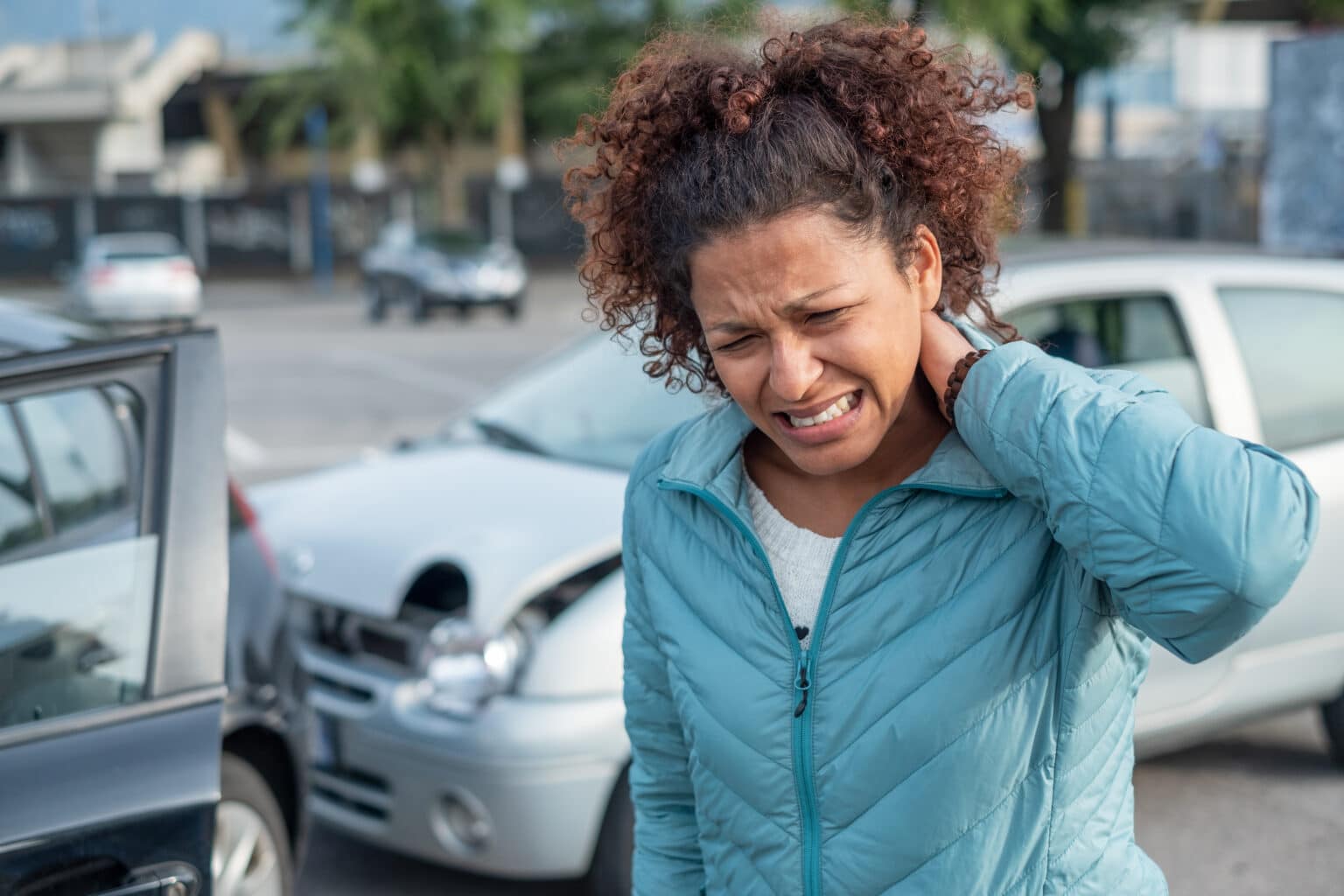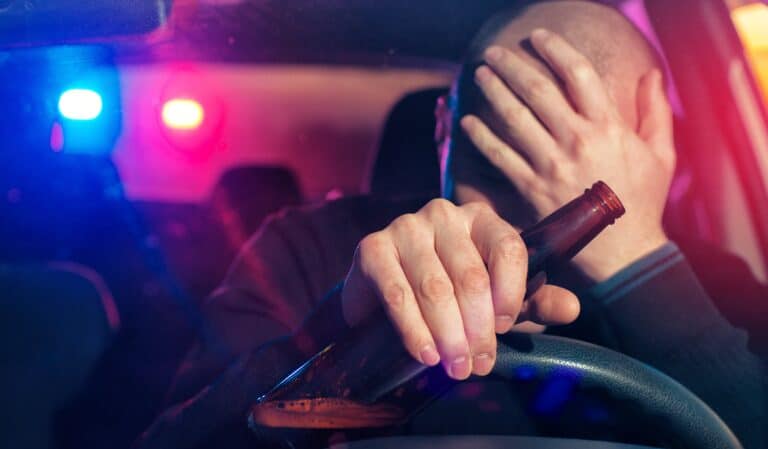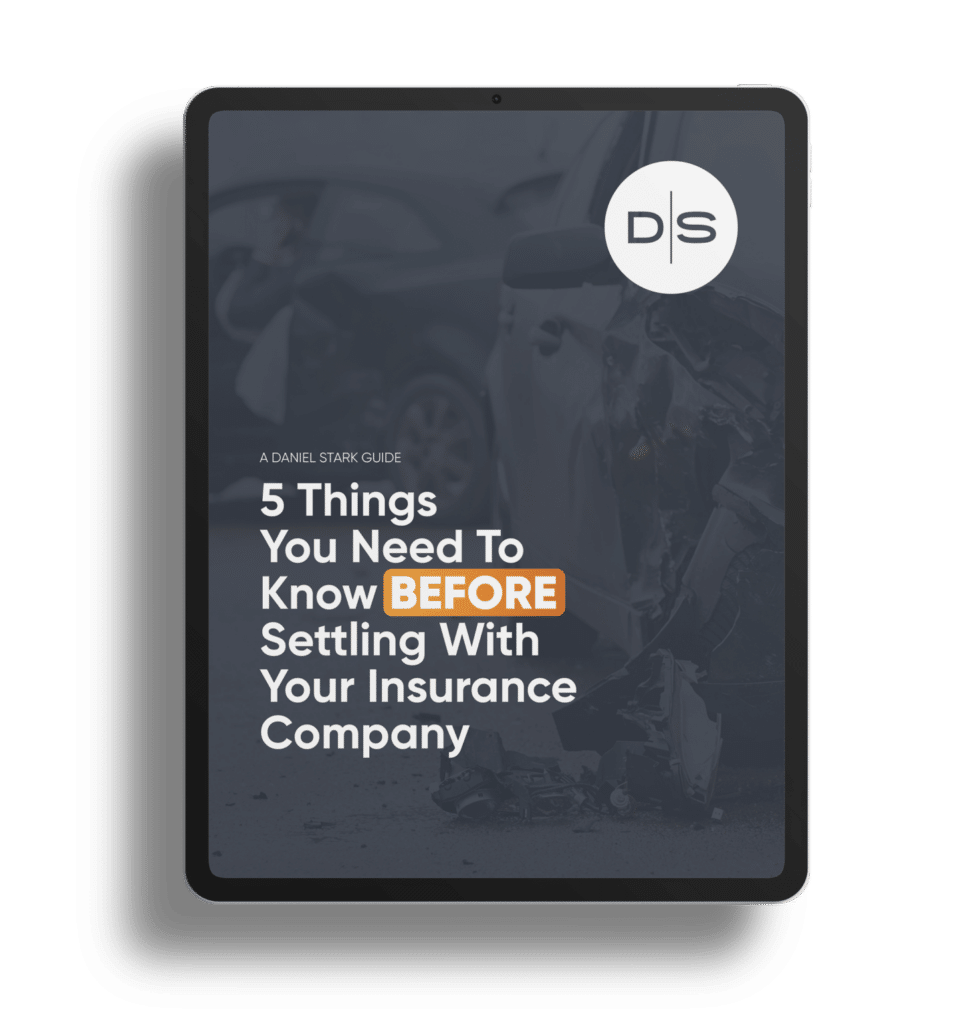If you rear-end someone, you’re automatically at fault, right? Wrong! It’s a common misconception we’ve all heard many times, but it isn’t always true.
In Texas, a driver is considered at fault if their actions, or negligence, caused a car crash. In many cases, it may seem pretty clear as to who’s responsible for a crash, but in a rear-end collision, it really depends on the circumstances.
So, who’s at fault in a rear-end crash? Let’s break it down.
The Rear Driver
In most rear-end collisions, the rear driver will likely be found at fault for the crash. It is your duty and responsibility to keep a safe distance between you and the vehicle in front of you.
If you fail to obey traffic laws or are distracted while driving and cause a crash, you could be held responsible for property damage to the other driver’s vehicle and any potential injuries they suffer.
You will most likely be found at fault as the rear driver if:
- You were tailgating or following too closely to allow enough time and space to brake.
- You were not paying attention to see the front driver braking.
- You were speeding and hit another vehicle.
When you’re driving at just 35mph in perfect weather, it takes about 200 feet for your car to come to a complete stop. Now, consider that most freeways have speed limits between 65 and 75mph. At those speeds, you need over 350 feet to stop – about the length of an entire football field! Remember this the next time you’re following another vehicle.
The Front Driver
Although it’s uncommon for the driver in front to be held responsible in a rear-end collision, it does happen.
If you make sudden or irresponsible decisions on the road and cause an accident, you can be held liable, even if you were hit by someone else.
As the leading driver, you can be found at fault for a rear-end collision if:
- You suddenly switch lanes without warning or don’t provide enough space between you and the following vehicle.
- You have an inoperable vehicle that suddenly breaks down or has faulty brake lights.
- You reverse into the other driver.
- You intentionally slam on your brakes, or brake-check, another driver without valid cause.
While an inoperable vehicle isn’t always your fault, it is your responsibility to have your vehicle serviced regularly to ensure it is safe to drive on Texas roads. If your vehicle does break down, turn on your hazard lights to alert other drivers and try to move your vehicle to the shoulder.
Comparative Negligence
In Texas, a rule called “modified comparative negligence” means drivers can share the blame for a crash. This happens when both drivers are found to have acted negligently in some way, and both played a part in the collision.
This is an essential part of Texas personal injury cases because you can only seek compensation if you are found to have contributed less than 51% of the responsibility for the crash, and the amount you can recover will be reduced based on your percentage of fault.
For example, let’s say you’re driving down I-35 in Austin, Texas, and realize you’re about to miss your exit. You rapidly brake to get over and, consequently, are rear-ended by the driver behind you. After investigation, the court deems you 40% responsible for the crash for rapidly braking without warning, and the other driver is found 60% responsible for following too closely. Your total damages for car repair and medical bills amount to $100,000, but your claim is reduced by 40%, so you recover $60,000.
The process of proving liability in a rear-end collision can be difficult. Don’t try to navigate this on your own. If you’ve been injured in a rear-end collision and believe the other driver is responsible, contact a qualified personal injury attorney. They can help you gather essential evidence to prove liability and get your life back on track.












